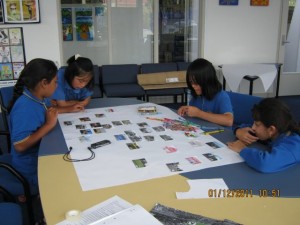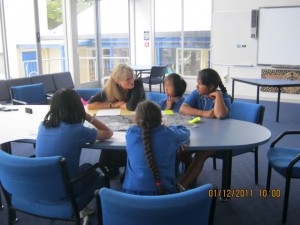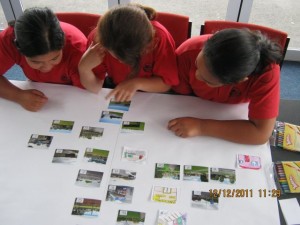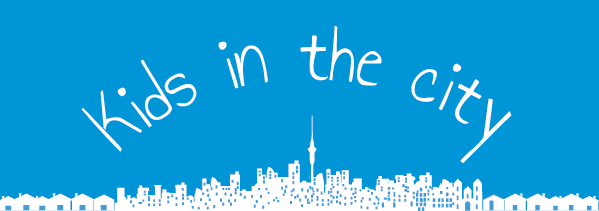



Decreasing levels of physical activity and rising childhood obesity rates amongst children in Aotearoa/New Zealand were catalysts for our Kids in the City study. In the suburban component of the study (funded by the Health Research Council) we gathered quantitative data from 160 9-11 year-old children across six Auckland neighbourhoods over a seven-day period using GPS units, accelerometers and trip diaries to measure where children went and what they did in their neighbourhoods and how much energy they expended. ‘Go along’ walking interviews with 108 of the children provided qualitative data on their neighbourhood activities and perceptions.
Funding from the Massey University Research Fund enabled us to further our understanding of the role of outdoor play as a specific component of children’s neighbourhood physical activity levels with a small follow-up project, Kids in the City: Perceptions of Neighbourhood and Play. It also provided us with knowledge of children’s many different understandings of what constituted their ‘neighbourhood’; and to clarify Kids in the City research findings, what constituted a ‘trip’.
In December 2011 we worked with 32 nine and 10-year-old children (four groups of girls and four groups of boys who were friends) in two schools – one in South Auckland and one in West Auckland — using photographs, drawing and other activities to stimulate engagement. The children produced ‘maps’ of their neighbourhoods and talked about where they went, what they liked and disliked, and games they played. Sessions were recorded and the discussions transcribed and thematically analysed.
Findings clearly showed that, notwithstanding the lure of indoor electronic devices, children liked playing outside with their friends and that neighbourhood parks and vacant lots were important sites for play. Boys in particular often acted out computer game scenarios in their outdoor play. Other gender differences included the boys generally roaming more widely and being more likely to ride bikes than the girls. Trees were important for boys and girls – both for climbing and just sitting in.
Children’s understandings of what constituted their neighbourhood varied widely. For some, their neighbourhood was a small compact area encompassing their own and adjacent houses; for others, it also included surrounding streets, their school, a local dairy and maybe a nearby park; and for a small minority, ‘neighbourhood’ was a large area which spanned neighbouring suburbs and included places children visited regularly, such as the homes of extended family, sporting facilities and a church or temple, along with their immediate environs.
Findings fed into our existing Kids in the City study, increasing understanding and allowing for further matching of qualitative and objective data. Findings have also been disseminated to Auckland Council staff and Local Board members and are informing future collaborative research on the wellbeing of children in urban areas.
Contact researcher: Dr Penelope Carroll
Publications
Oliver, M., Mavoa, S., Badland, H., Carroll, P., Asiasiga, L., Tavae, N., Kearns, R., & Witten, K. (2014). What constitutes a trip? Examining child journey attributes using GPS and self-report. Children’s Geographies, 12(2), 249-256.
